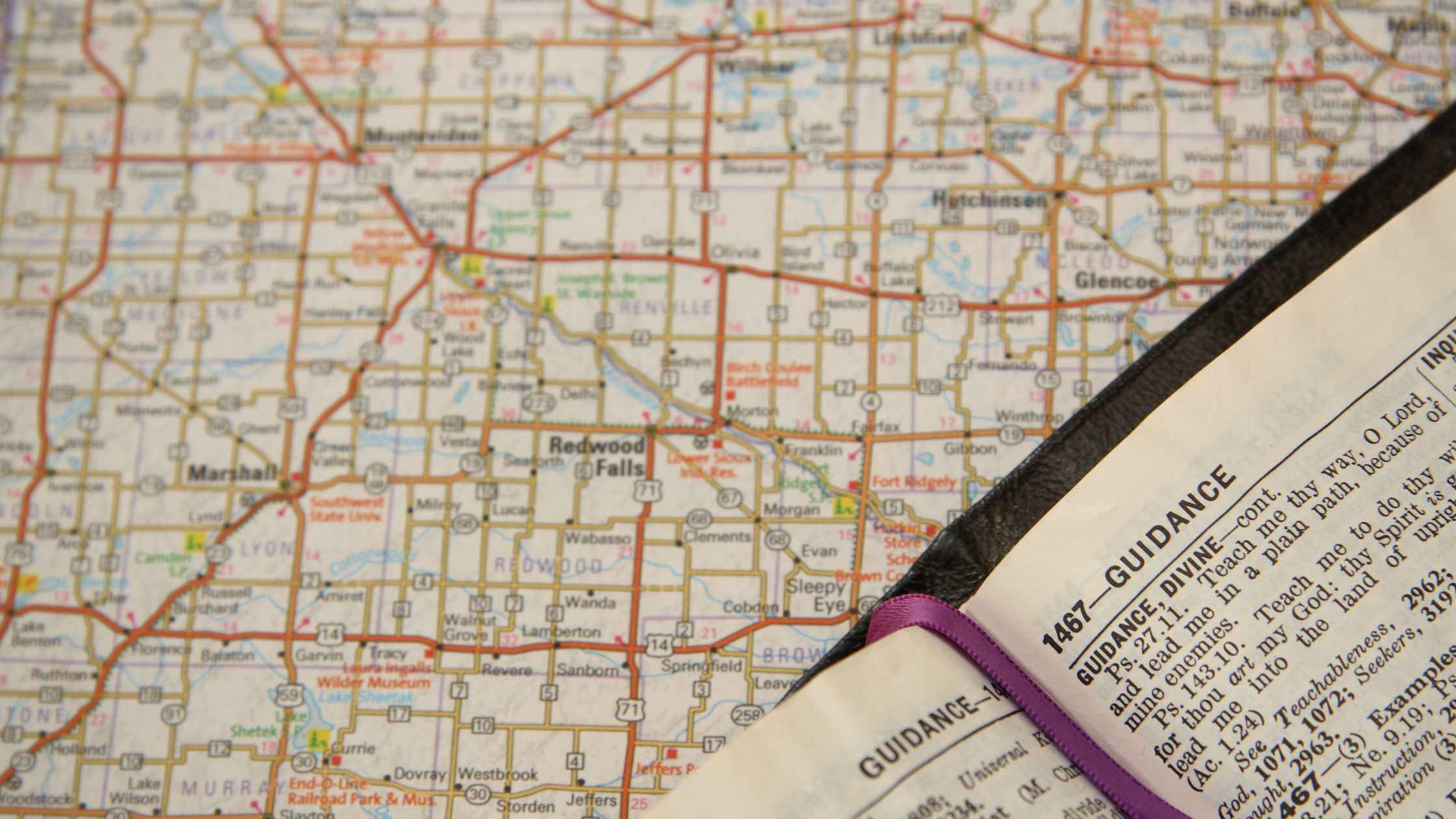Walking the Paths of Righteousness: A Deep Dive into Divine Guidance
After years of studying theology and diving deep into biblical texts, I’ve found that certain verses continue to reveal new layers of meaning with each examination. Psalm 23:3 – “He guides me in paths of righteousness for his name’s sake” – is one such verse that warrants careful exploration, especially in our contemporary context where the concept of divine guidance often gets oversimplified or misunderstood.
Understanding “Paths of Righteousness”
During my theological studies, I’ve come to understand that the Hebrew concept of “paths of righteousness” goes far beyond simple morality or ethical behavior. These paths represent a comprehensive way of living that aligns with God’s character and commands. When David penned these words, he wasn’t just talking about making good choices – he was describing a lifestyle that reflects God’s very nature.
Think about paths for a moment. They’re not destinations but ways of traveling. Similarly, righteousness isn’t just about reaching certain moral benchmarks; it’s about the journey itself, the daily walking in ways that please God because they mirror His character.
The Profound Meaning of “For His Name’s Sake”
One aspect that particularly struck me during my research was the phrase “for his name’s sake.” This isn’t just a throwaway line – it’s a profound theological statement about God’s covenant faithfulness. In ancient Near Eastern culture, a name represented the entire character and reputation of a person. When God acts “for his name’s sake,” He’s demonstrating His unwavering commitment to His covenant promises.
This revelation transformed my understanding of divine guidance. God’s leadership in our lives isn’t just about helping us make good decisions – it’s about Him showcasing His faithful character through our journey. Every time He guides us in righteousness, He’s putting His reputation on display, declaring to the world, “This is who I am. This is how I keep my promises.”
The Leadership Model of the Divine Shepherd
In my years of studying biblical texts, I’ve been fascinated by how the shepherd metaphor illuminates God’s guidance. A shepherd doesn’t just point the way – they walk alongside their sheep, knowing the terrain, understanding the dangers, and choosing paths that will sustain their flock.
When we read “he guides me,” we’re seeing a picture of intimate, personal leadership. This isn’t distant direction from afar; it’s close, careful guidance that takes into account our individual circumstances, capabilities, and needs. The shepherd’s guidance is both protective and productive – leading to paths that are not just safe but nourishing.
Wisdom and Providence: The Framework of Guidance
What I find particularly compelling is how this guidance operates within the framework of divine providence. Through careful study of Reformed theology and biblical wisdom literature, I’ve come to see that God’s guidance typically works through the intersection of His written word, circumstances, and Spirit-given wisdom.
This guidance helps us discern not just what’s permissible, but what’s best – what’s most Christlike, what most honors God, what will bear the most fruit for His kingdom. It’s about seeing situations through God’s eyes and understanding them with His wisdom.
The Challenge of Modern Application
In our contemporary context, we often want quick answers and clear signs. But my study of this text suggests that godly guidance is more about developing spiritual wisdom than receiving direct instructions. It’s about learning to recognize what honors God most in each situation we face.
This understanding has revolutionized how I approach decision-making. Instead of just asking “Is this right or wrong?” I’ve learned to ask deeper questions:
- Does this choice reflect God’s character?
- Will this path showcase God’s faithfulness?
- Is this the most Christlike response possible?
- How does this decision contribute to God’s glory?
Personal Reflection and Growth
Over time, I’ve discovered that walking in paths of righteousness is both a privilege and a learning process. Each step on these paths deepens our understanding of God’s character and strengthens our ability to discern His leading.
The beautiful promise here is that our Shepherd is committed to this process. He’s pledged to watch over us, order our steps, stay with us, and bring us safely home. This isn’t just poetic language – it’s a covenant promise from the God who stakes His reputation on His faithfulness to His people.
Looking Forward
As I continue to study and reflect on this verse, I’m increasingly convinced that understanding divine guidance is less about finding a mystical roadmap and more about developing a deep, personal relationship with our Shepherd. It’s about learning to recognize His voice, trust His leading, and value the paths He chooses – not just because they get us where we need to go, but because they shape us into people who reflect His character.
The paths of righteousness aren’t always the easiest or most obvious routes, but they are always the ones that lead to true flourishing – not just for us, but for God’s greater purpose of revealing His faithful character to the world.
Through my ongoing study of theology and scripture, I’ve come to see that this verse isn’t just about personal direction – it’s about participating in God’s larger story of redemption and revelation. When we walk in paths of righteousness, we become living testimonies to the character of our divine Shepherd, who guides us not just for our good, but for His glory.





